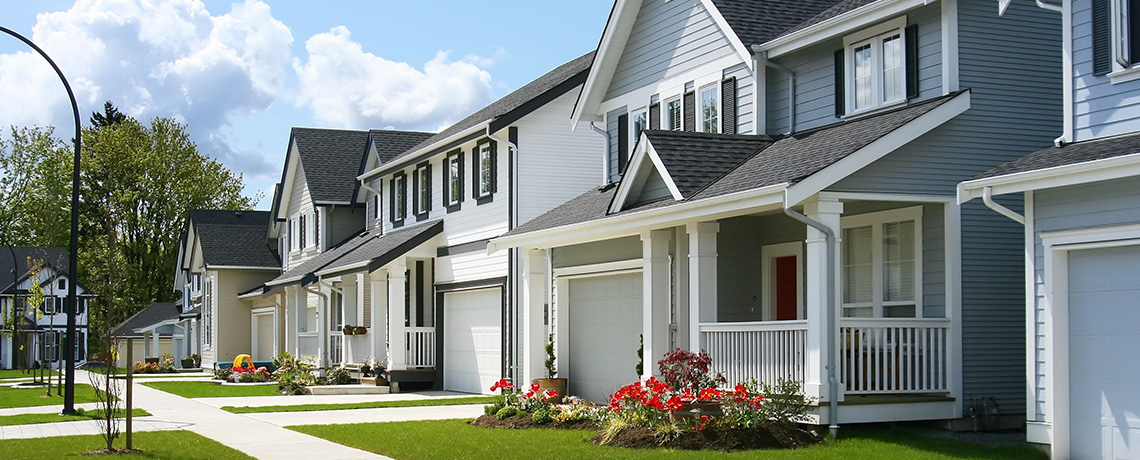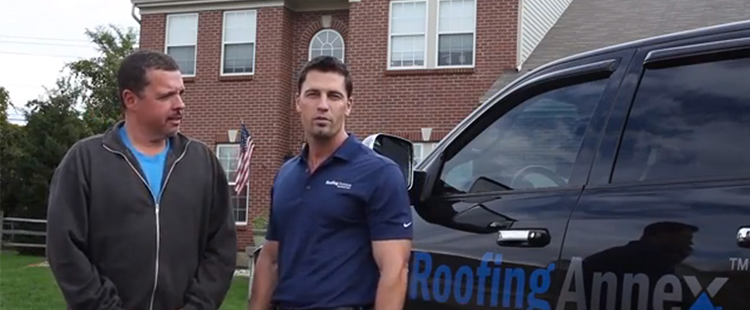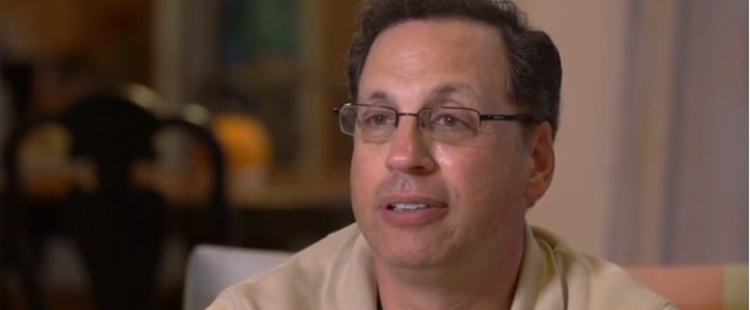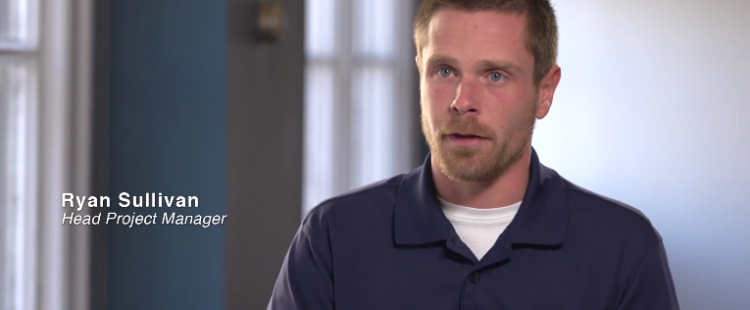Your roof shingles offer much more than protection, so making the appropriate adjustments to your home is not only for safety but for style as well. Their broad range of effectiveness are why so many contractors turn to them when repairing or installing shingles — but what does this mean to anyone who isn’t a contractor? As much of it relies on the weather and environment your home is subjected to, it’s apparent that anyone unfamiliar with shingles should understand what keeps their property in proper standing in terms of safety.
So with this being said, we’ve compiled everything you’d like to know about shingles into layman’s terms. This way, any novice can sound like veteran when discussing shingles with their contractor. Whether for repair or cosmetic needs here are a few reasons so many contractors turn to different types of shingles for installation…
 What Are Asphalt Shingles?
What Are Asphalt Shingles?
Before we go into the visual benefits of using asphalt shingles, here’s some background on what makes them so special to begin with. For starters, asphalt shingles come in two varieties:
Fiberglass. Covered with ceramic granules to shield them from harmful ultraviolet rays, these shingles are comprised of a woven fiberglass base mat and coated waterproof asphalt. Less asphalt is necessary for strength and durability due to the composition of the fiberglass mat, which makes fiberglass thinner than most roofing material and lighter in weight. As an added bonus of organic shingles, they have a longer warranty and a higher fire rating than organic shingles.
Organic. Asphalt saturated for waterproofing, these shingles are traditionally comprised of recycled layers of felt paper and coated with adhesive asphalt that ceramic granulates are coated on. Organic shingles carry more than 40 percent more asphalt than fiberglass shingles, but are known to be heavier, more expensive and thicker. As organic shingles are more flexible and rugged, they are also known for their absorbency and gradual warp over time due to stress. Another thing to consider is that they’re less environmentally friendly than their fiberglass counterparts and don’t last as long. Roofing Annex does not recommend the use of these shingles.
Types of Asphalt Shingles
As every asphalt shingle comes in either organic or fiberglass form, there are differences as to how they can look on a home. So just like their varieties listed above, there are only two types of shingles used for roofing a home:
Architectural Shingles are very durable and contain no cut-outs. They’re also given an extra layer of asphalt to suit the needs of their service when protecting your roof. They have an especially strong waterproof capability due to asphalt sealant being applied to their layers. Architectural shingles shouldn’t be used on low-sloping roofs, as they are more vulnerable to rain driven by the wind.
Three-Tab Shingles, as the name suggests, have three tabs along their lower edge. This option has remained popular for many years because they make each shingle appear to be installed individually.
Some shingles aren’t limited to being flat on the bottom for appearance. Many can be rounded off at the bottom to match Victorian homes or squared off to match Colonial homes.
 Colors of Asphalt Shingles
Colors of Asphalt Shingles
The color wheel of asphalt shingles isn’t necessarily staggering, but there’s more than likely an appropriate match for your home. Some of the selections are:
- Charcoal
- Barkwood
- Weathered Wood
- Slate
What makes the colors so appealing is that they can mimic the colors of wood, slate, or tile. This selection of colors tends to match any property… complementing the home and adding curb appeal in the process.
What’s interesting about asphalt shingles is the fact that there are some built to not only protect the home, but help lower your energy costs when heating or cooling. Some shingles have solar reflecting technology that can keep your roof up to 20 percent cooler in the summer (which keeps the need to heat or cool a home at a minimum.)
Asphalt Shingles Complementing Your Home
Here’s some excellent color schemes to make your dream hues within reach of your humble abode.
Green Shingles look great when paired with wood siding. This also goes for gray, white, or pretty much any color that’s lighter than green. A red or maroon home may be a harsh contrast, so avoid if necessary.
Brown Shingles – Brown shingles often compliment cream, yellow, tan, off-white, or a slightly different shade of brown. Grays or blues may not work with brown shingles, so try to stay away from cool colors.
Black Shingles help a home look wider and seemingly make the home appear lower from a distance. Black shingles can’t work for every structure, as they make smaller homes seem burdened by the weight of the color. This color choice is often paired with homes that are white, blue, grey, green, and some brick homes for safe measure.
Gray Shingles often look great with traditional homes, as they can match black, green, white or blue. Pairing gray shingles with bold colors on the shutters or main entry door can really compliment your home in the best way possible.
Terracotta Shingles look great with brick or stucco homes, but look even better with stone and homes using a wide variety of materials in their structure. For painted homes, terracotta pairs exceptionally well on white by complimenting both color schemes.
Red Shingles look great on warm brown color schemes or gray. If a country look what you’d like, pairing red shingles with cream or white exteriors will help project the image you’re looking for.
If you’re still having trouble finding out what color would work best for your home, there’s plenty of colorists who will gladly help you bring your vision to life. If that sounds like too much trouble, online applications can quickly give you a rough idea of how your color scheme works on your home before construction begins.
Asphalt Shingle Durability
Durability can be a deep topic, but when expressed layman’s terms you can know what kind of deal you should look at before calling a contractor:
Manufacturers normally hold a 15- to 30-year warranty for asphalt shingles. Although this may seem like a long time, it’s mostly due to the fact that weather may be unpredictable in regards to the shingles’ lifespan. Areas with long summers and exceptionally high temperatures can significantly shorten the lifespan of your shingles. The only issue cold weather causes are cracks to the shingles, which lead to replacement shingles.
The pitch (steepness) of your roof may also be a contributing factor to your shingles’ lifespan. For example, a roof with a moderate incline stays in contact with the inclement weather for longer periods of time. This means that the longer snow is on a roof, the more damage and stress it causes for the shingles.
Fungus and algae growth can cause damage as well. Purchasing algae-resistant shingles can add 10 to 15 years to its lifespan but ups the cost a good deal.
Asphalt Shingle Cost
Shingle costs vary by where you live and differences in labor cost. The labor cost can vary due to the repair or renovation you would like your roofing contractor to adhere to. A small repair due to light weather damage isn’t nearly as expensive as a renovation, but having a contractor look at your roof at least every other season addresses small problems before they become serious issues. If that’s too much of a problem, checking your roof for cracks or looking in the attic for leaks on your own help address the situation before the contractor arrives.
CONTACT US TODAY TO SCHEDULE A FREE EXAM & CONSULTATION
Every asphalt roof installed by Roofing Annex comes with a 50 year warranty, and have the option of enhanced system warranties—one of which even includes a program that offers a factory inspection of your finished roof.








